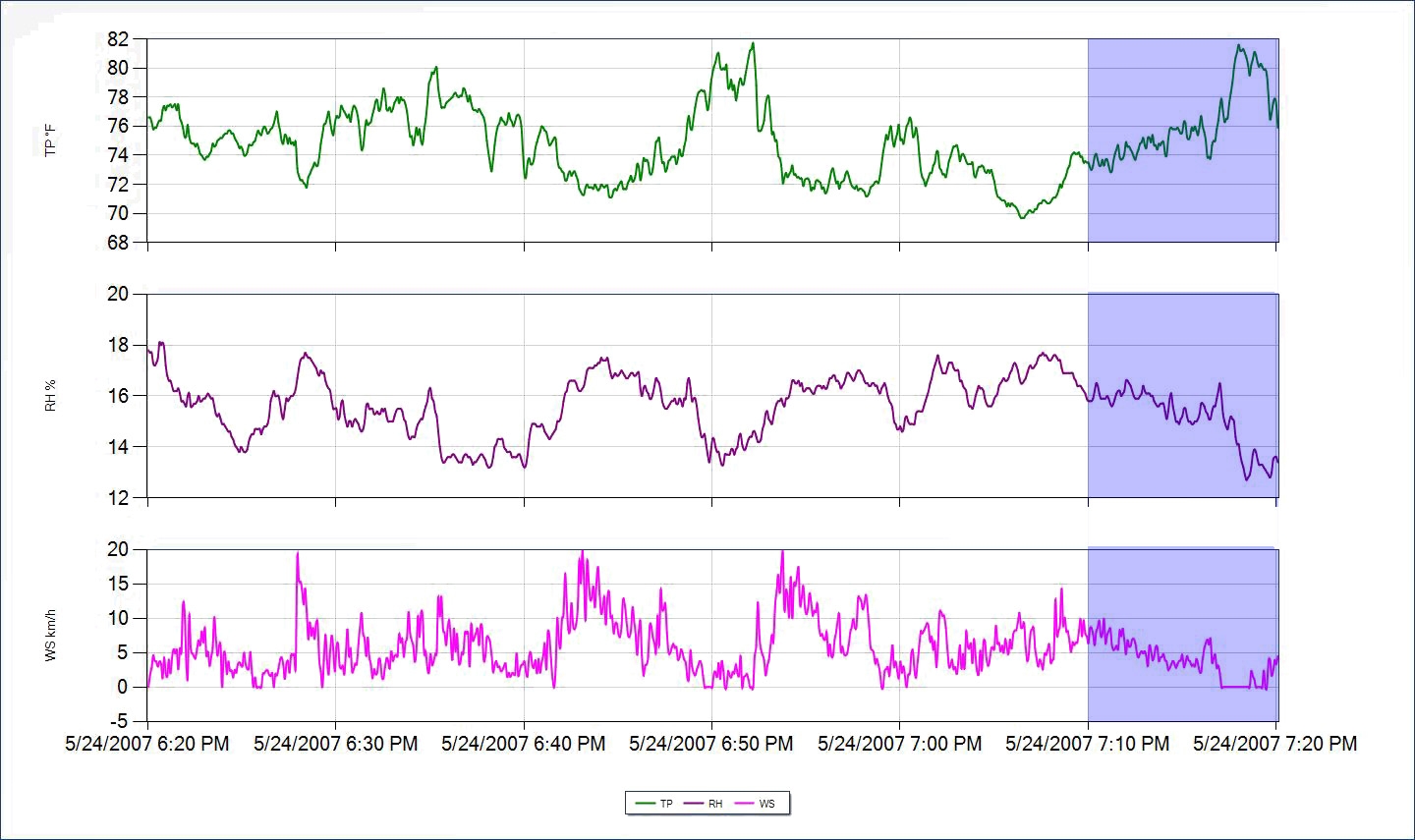So take this guy and his position:
...and put him on this guy's bike and adjust it so that they fit identical.
Then, let the first guy test both of these "back to back" using the same 404 wheelset with PT SL hub and cover....Any guesses on what the aerodynamic drag differences (if any) one would see?
Using RChung's most excellent methodology described here: Method to the madness
Here's the results for the P2K with the 404 wheels (the wheels on the P3C above):
And here's the results for the P3C:
So...what's the bottom line?
Well...taking the same rider, the same wheels, the same basebars and brake levers, and with the seat and extensions adjusted to deliver the same positions...at basically zero yaw conditions I apparently measured a drag difference of ~.023 m^2 of CxA (or Cda, whichever you prefer - .228 m^2 for the P2K and .205 for the P3C). Using Doc C's "rule of thumb", that basically equates to ~2.5s per km of time savings.
With only an extremely small amount of crosswind however (I could just barely detect it on my skin, not enough to even move leaves on trees), the drag on both setups drops significantly, with the P3C setup dropping more at .190 m^2 vs. the P2K's .220 m^2 for a growing difference of ~.03 m^2. That translates to a difference of ~3 seconds per km...or a full 2 minutes over 40K.
Can you imagine comparing the difference between a P3C (or even the P2K) against a frame that actually increases in CxA with increasing yaw, which is actually fairly common?
So much for Mr. "Toenail"s assertions that the differences between frames are neither detectable nor significant...
edited 29Oct2014 to fix broken image links
http://bikeblather.blogspot.com/
 I was wondering if someone was going to notice that.
I was wondering if someone was going to notice that. 







